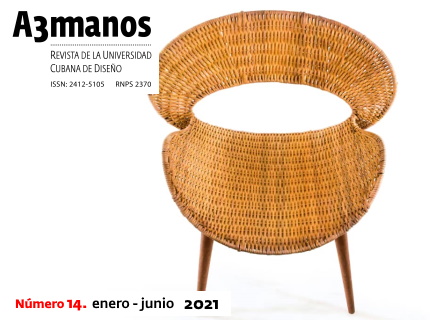Drawing with the body.
##plugins.themes.bootstrap3.article.main##
Abstract
In this text, the author reflects on the Teaching of Artistic Drawing using the body as an epistemological axis. This notion, ranges from direct observation in the classroom, neuroscience concepts and the examination of drawing techniques within that Pedagogy. Drawing Education is conventionally thought as a process ‘only’ carried out, by paying attention to what the teacher does and expresses on paper, plus his/her technical explanations and aesthetic conceptions. Usually, very little, to no attention has been paid to how teacher ‘moves his/her body’ at the moment of drawing. These movements may be salient ones or subtle but they are, unquestionably, an important part of the act of drawing; granted that elements such as gesture, mass, weight, three-dimensionality and proportion are conceived from those movements. In other words: acquiring this skill, is not grounded only on visual and verbal teaching, but also on the transfer of the muscular ability from the teacher’s body to that of the students. Learning this ability is attributed, in part, to getting across it as an act of sensory perception, and also to the mimetic capacity of mirror neurons. Hence, teaching drawing can be based on the direct transmission of teacher's experience, through muscular tension-distension of the bodies learning drawing as a living experience. The outcome will be defined according to each personal creation’s experience from students; expanding their ability to perceive and appropriating visible reality, and achieving personal knowledge.
##plugins.themes.bootstrap3.article.details##

This work is licensed under a Creative Commons Attribution-NonCommercial-ShareAlike 4.0 International License.
- Attribution — You must give appropriate credit , provide a link to the license, and indicate if changes were made . You may do so in any reasonable manner, but not in any way that suggests the licensor endorses you or your use.
- NonCommercial — You may not use the material for commercial purposes .
- No additional restrictions — You may not apply legal terms or technological measures that legally restrict others from doing anything the license permits.
- ShareAlike — If you remix, transform, or build upon the material, you must distribute your contribution under the same license as the original. NOTE: This point applies to numbers 1 to 20 of the magazine with the previous CC-BY-NC-SA 4.0 license. Does not apply to the new CC BY-NC 4.0 license from Volume 11, Number. 21 (2024).
References
Bridgman, G. B. (1974), Constructive Anatomy. Dover. USA.
Carla Hannaford, Aprender moviendo el cuerpo, Editorial Pax, México, 2008. p. 5
Juhani Pallasmaa , La mano que piensa, sabiduría existencial y corporal en la arquitectura, Editorial Gustavo Gili, SL, Barcelona, 2012. p. 8
Jonah Lehrer, Proust y la Neurociencia, Ediciones Paidós, Barcelona, 2010. p. 24
Ibid, p. 23 v
Ibid, p. 42
Kimon Nicolaides, La forma natural de dibujar, Edición en español FAD, UNAM. México, 2014. p. 35






















